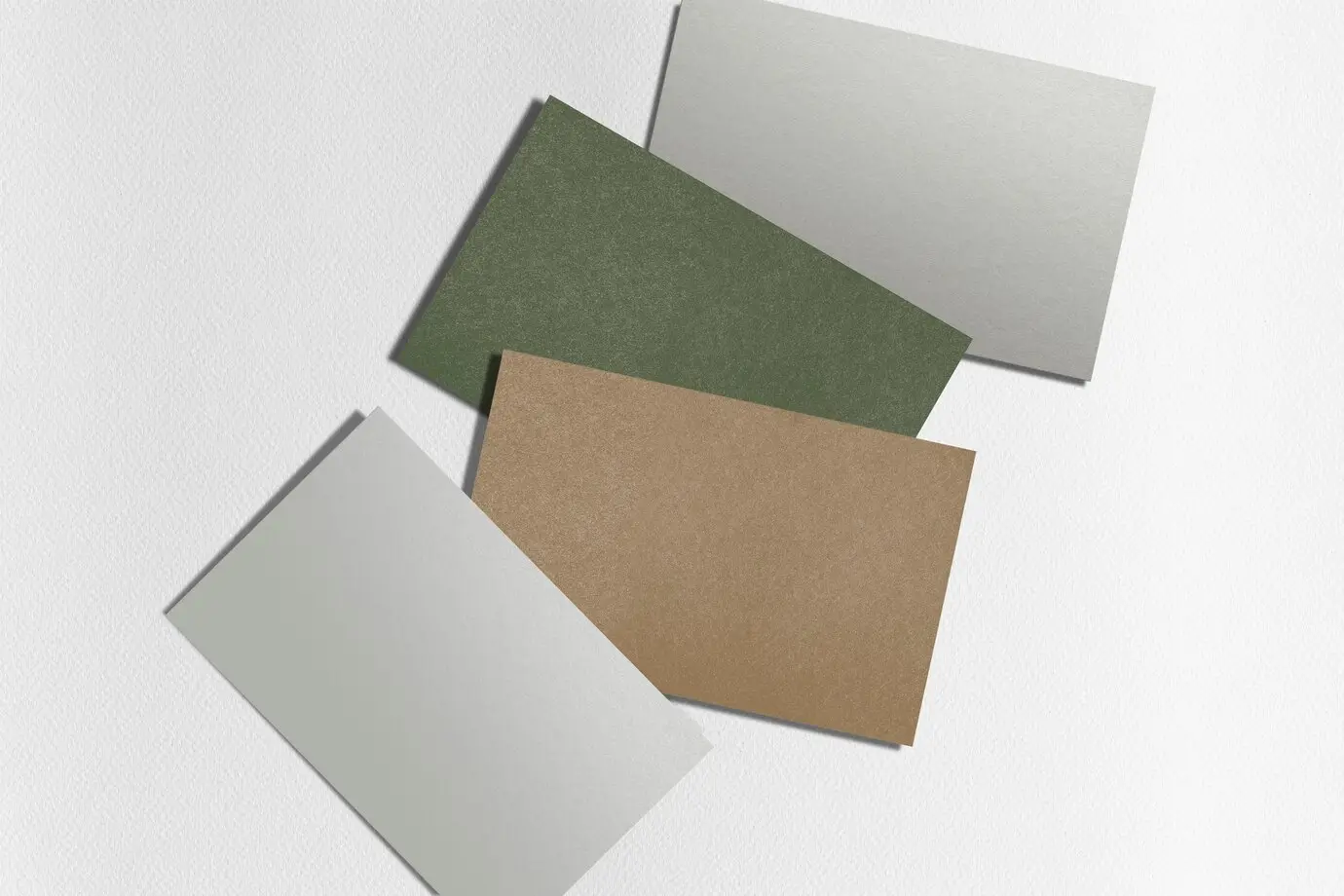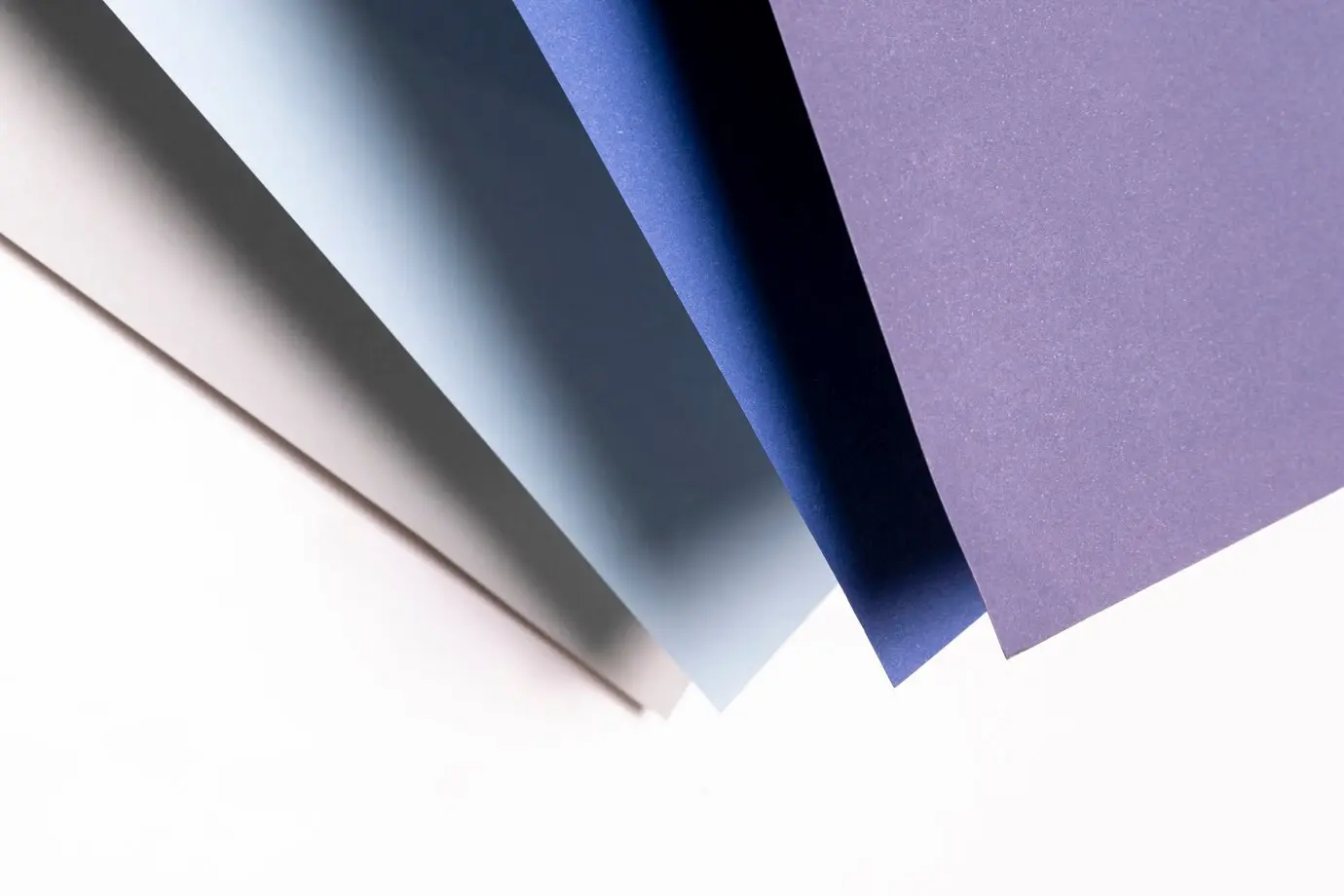Matte vs Gloss Finishes for Custom Packaging Boxes

When it comes to custom packaging, the design isn’t the only thing doing the talking. The finish, matte or gloss, plays a much bigger role than most people realize. It’s the final layer that shapes how your product feels in someone’s hand and even how premium it looks.
But here’s the twist!
What looks good on one product might fall flat on another.
Some brands go glossy and shine. Others go matte and steal the show in silence.
So, how do you choose between the two?
Custom Packaging Finishes – Does It Really Matter?
Yes, more than you think.
The finish on your packaging isn’t just decoration. It influences how people feel about your product before they even open it.
Matte feels understated and elegant. Gloss feels bold and attention-grabbing.
In competitive markets, these subtle cues can make the difference between being picked or passed over..
Typical Uses of Matte vs Glossy Finishes

Glossy finishes are often used where vibrancy and shine matter. Think:
- Product labels that need to pop on retail shelves
- High-end brochures and flyers that aim to impress
- Promotional stickers or packaging that needs a sleek, reflective touch
- Menus, postcards, and posters where color clarity is key
- Cosmetics or tech packaging where visual impact sells
On the other hand, matte finishes offer a smooth, non-reflective surface. They’re ideal for:
- Luxury product boxes that want a soft, premium feel
- Business cards where elegance is more important than shine
- Book covers and journals that invite handling without glare
- Minimalist or eco-conscious brands aiming for a refined, modern look
- Gift packaging where the unboxing experience matters as much as the product
Ultimately, the finish should align with your product’s intent, not just the design. It’s not about which one looks “better,” but which one speaks your brand language better.
Glossy vs Matte Photo Finish – Which Is Better?
When it comes to printing photos, the finish you choose can completely change how the image is perceived.
Glossy finishes bring out sharpness and color vibrancy, while matte finishes offer a more muted, sophisticated look with minimal glare.
Let’s break down the pros and cons of each so you can decide what suits your needs best.
But First, Understand Importance of Lamination and Coating
Before we dive deeper into matte and gloss finishes, it’s important to first understand the difference between lamination and coating, two processes that often get confused.
Both play a significant role in achieving the desired finish, but they use different materials and techniques.
Lamination involves applying a plastic film over the printed material, while coating uses a liquid layer that’s cured under ultraviolet light. Both processes can result in either a matte or gloss effect, but each comes with its own set of benefits and drawbacks.
Matte Finish – Pros and Cons
Pros of Matte Finish
The matte finish offers a range of benefits, whether it’s achieved through lamination or coating. Matte lamination uses a plastic film that is applied to the printed packaging, giving it a non-reflective, subtle appearance.
Sometimes, this process is combined with matte paper, a type of paper that absorbs light rather than reflecting it. This combination creates a refined finish.
One of the main benefits of matte lamination is its durability. The plastic film protects against wear and tear, including scratches and abrasions. It also enhances the tactile experience, offering a smooth yet sturdy texture that feels premium to the touch.
The non-reflective nature of matte lamination improves the readability of printed packaging, making text clearer and easier to read, even in various lighting conditions. This makes it an ideal choice for packaging where clarity and durability are essential.
When it comes to matte coating, the benefits are similar, with a few key differences. Matte coating gives a velvety touch to the packaging. It also tends to have better color stability than matte lamination, making it an excellent choice for designs where color consistency is crucial.
Additionally, matte coating is a cost-effective solution and simpler to apply than matte lamination.
Cons of Matte Finish
However, there are also some downsides to consider.
For matte lamination, while it is durable, the finish is prone to showing smudges and marks over time. This is something to keep in mind if your packaging will be frequently handled or exposed to dirt and oils.
Additionally, the application process for matte lamination is more complicated and expensive than matte coating, which might be a factor for brands trying to keep costs down.
Furthermore, matte lamination has less color stability than matte coating, meaning colors might appear a bit less vibrant and consistent over time.
On the other hand, matte coating, though cost-effective, does have its own drawbacks.
It’s less durable than matte lamination. It is also more expensive than gloss coating, which could impact budget-conscious brands.
In terms of tactile feel, matte coating doesn’t provide the same soft, premium touch that matte lamination does, which can affect the overall customer experience.
Additionally, it is less scratch-resistant than matte lamination, which means the finish might wear off more quickly.
Gloss Finish – Pros and Cons
Pros of Gloss Finish
A gloss finish is known for its shiny, reflective appearance that instantly grabs attention. Gloss lamination, in particular, offers several benefits.
The use of a plastic film makes the finish water-resistant, providing an additional layer of protection against environmental factors. It also enhances the vibrancy of colors, making them appear more vivid and striking.
The shiny texture adds a high-end, polished look to the packaging, which is ideal for products aiming to convey luxury or excitement.
On the other hand, gloss coating offers its own set of advantages. While it doesn’t provide the same level of protection as lamination, it still delivers a silky touch that adds to the tactile experience.
The application process for gloss coating is much quicker and cost-effective. The glossy effect also enhances the perceived value of the product, as it gives off an air of sophistication.
Cons of Gloss Finish
Despite its many advantages, there are some drawbacks to the gloss finish that should be considered.
One of the main issues with gloss lamination is its higher cost compared to gloss coating, which could make it less budget-friendly for larger production runs.
Additionally, the reflective nature of gloss lamination can reduce readability. The glare can make it harder for customers to view the images and text on the packaging.
As for gloss coating, it’s less durable than lamination, meaning it offers less protection to the product packaging.
It’s also more susceptible to wear and tear, which could affect the longevity of the packaging. Moreover, because of its reflective surface, gloss-coated packaging tends to attract fingerprints and smudges, which can be frustrating for consumers.
How To Choose The Right Finish For Your Packaging?
Choosing the right finish for your packaging is more than just about looks, it’s about aligning your packaging’s finish with the product, brand, and the impression you want to create for your customers.
- Material Compatibility: First, ensure the material supports the finish. For example, custom kraft boxes are porous and may not show the best results with a matte finish. Matte requires a smooth, poreless surface to deliver excellent results. Rigid boxes, for instance, look premium with a matte finish. Gloss finishes, on the other hand, are more versatile and work well even on rougher surfaces, adding a sleek, reflective effect.
- Product Type: Luxury items, like a men’s watch or high-end electronics, may look more sophisticated and refined with a matte finish. A matte finish adds a tactile, premium feel. However, products like luxury perfumes, which are often associated with elegance and beauty, shine with a gloss finish, especially with vibrant or pastel colors.
- Industry Trends and Growth Projections: According to Future Market Insights, sales of packaging laminates are expected to reach US$9,694.9 million by 2034. This highlights how crucial the right finish is in the packaging industry, as it not only impacts product presentation but also reflects changing market demands. Similarly, the packaging coating market is expected to grow at a CAGR of 5.14% between 2023 and 2033.
- Brand Persona & Customer Preferences: Your brand’s identity should also guide the finish you choose. If your brand persona is glamorous and high-end, consider using a gloss finish. If your brand is modern, minimalist, or bold, a matte finish might be more appropriate, especially with muted tones, as it aligns with a refined and contemporary image.
Matte vs Gloss Finishes for Box Printing Cost
Matte finishes typically come with a higher price tag due to their refined and premium appearance. On the other hand, gloss finishes tend to be more affordable, making them a popular choice for businesses looking to manage their budgets effectively.
However, the cost can still vary based on factors such as the quality of the finish, the printing service used, and the type of print being applied.
Both matte and gloss finishes are widely available for various print sizes and products, meaning you’ll have flexibility no matter which option you choose. It’s important to balance your packaging budget with the desired look and feel of your product packaging.
In a Nutshell
Choosing between matte and gloss finishes comes down to your product, brand, and budget. Consider factors like material compatibility, customer preferences, and the overall experience you want to deliver when making your decision. Ultimately, both finishes can enhance your packaging—it’s all about finding the right fit for your needs.
FAQs
Which is better matte finish or glossy?
The choice between matte and glossy depends on your product and brand. Matte finishes are ideal for a sophisticated, non-reflective look, while gloss finishes are shiny, vibrant, and often more eye-catching.
What are the extra finishes for custom packaging?
In addition to matte and gloss finishes, other custom packaging finishes include soft-touch lamination, spot UV coating, foil stamping, and embossing/debossing. These finishes can add texture, highlight specific areas, or create a luxurious, high-end feel.
Are matte boxes worth it?
Yes, matte boxes are worth it if you’re aiming for a refined, high-quality look. They offer durability, a smooth feel, and enhance readability while conveying sophistication. They’re ideal for premium products but come at a higher cost.
Why is matte more expensive than glossy?
Matte finishes are more expensive due to the complex production process and materials required to achieve their smooth, non-reflective texture. The extra steps involved in matte lamination or coating contribute to higher costs.

Jennifer James
My specialty is developing cost-effective, attractive, and appropriate packaging for protecting products. I am working with the company to design custom packaging that meets the client’s requirements.
